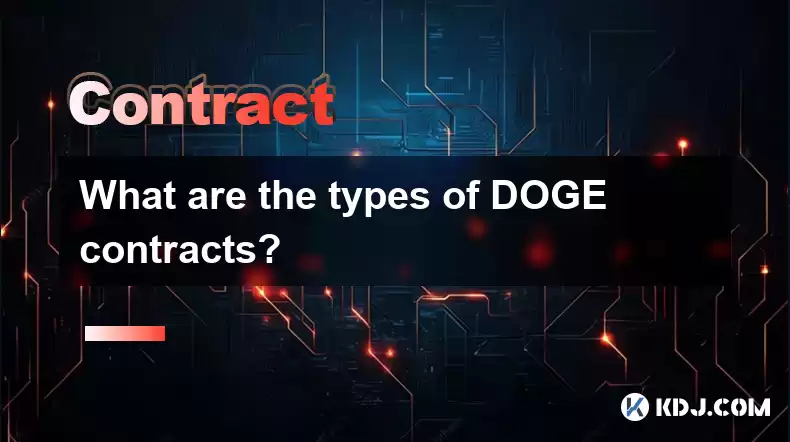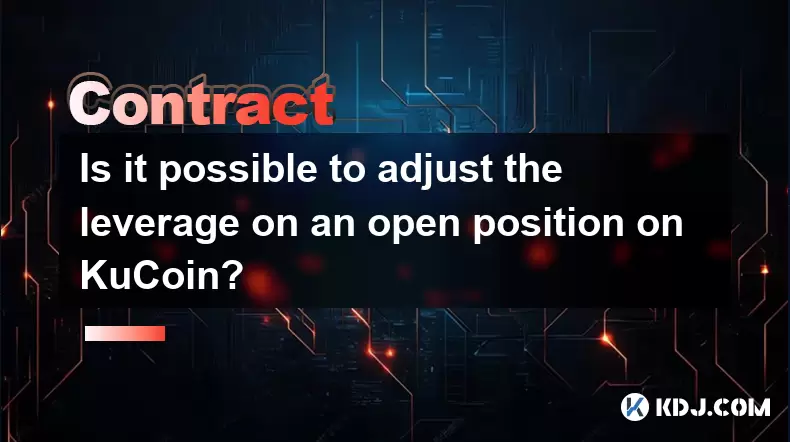-
 Bitcoin
Bitcoin $116400
-0.36% -
 Ethereum
Ethereum $4033
3.40% -
 XRP
XRP $3.302
-1.26% -
 Tether USDt
Tether USDt $1.000
-0.02% -
 BNB
BNB $796.1
1.67% -
 Solana
Solana $177.8
1.89% -
 USDC
USDC $0.9999
0.00% -
 Dogecoin
Dogecoin $0.2314
4.09% -
 TRON
TRON $0.3381
0.14% -
 Cardano
Cardano $0.7989
1.22% -
 Stellar
Stellar $0.4496
-1.84% -
 Chainlink
Chainlink $20.42
9.42% -
 Hyperliquid
Hyperliquid $41.17
0.88% -
 Sui
Sui $3.914
3.77% -
 Bitcoin Cash
Bitcoin Cash $584.7
1.52% -
 Hedera
Hedera $0.2632
-0.54% -
 Avalanche
Avalanche $24.09
3.40% -
 Ethena USDe
Ethena USDe $1.001
-0.02% -
 Litecoin
Litecoin $123.2
1.33% -
 Toncoin
Toncoin $3.318
-0.04% -
 UNUS SED LEO
UNUS SED LEO $8.984
-0.05% -
 Shiba Inu
Shiba Inu $0.00001323
2.85% -
 Uniswap
Uniswap $10.90
4.41% -
 Polkadot
Polkadot $3.999
3.34% -
 Dai
Dai $1.000
0.01% -
 Cronos
Cronos $0.1630
9.64% -
 Bitget Token
Bitget Token $4.484
0.82% -
 Monero
Monero $272.4
2.44% -
 Pepe
Pepe $0.00001173
6.03% -
 Aave
Aave $290.8
2.88%
What are the types of DOGE contracts?
Dogecoin derivatives, primarily perpetual and futures contracts, offer leveraged trading but carry substantial risk. Understanding leverage, margin requirements, and exchange-specific contract details is crucial before trading.
Mar 14, 2025 at 07:05 am

Key Points:
- Dogecoin (DOGE) contracts primarily exist within the derivatives market, offering leveraged trading opportunities.
- The most common types are perpetual contracts and futures contracts, each with distinct features.
- Understanding the risks associated with leveraged trading and contract specifics is crucial before participation.
- Different exchanges offer varying contract specifications, impacting margin requirements and liquidation levels.
- Regulatory uncertainty surrounding cryptocurrency derivatives adds another layer of complexity.
What are the types of DOGE contracts?
Dogecoin, despite its meme-based origins, has found its way into the world of cryptocurrency derivatives. These contracts allow traders to speculate on the price movement of DOGE without directly owning the underlying asset. However, it’s crucial to understand that this involves significant risk. The primary types of DOGE contracts are perpetual contracts and futures contracts. Let's explore each.
Perpetual Contracts:
Perpetual contracts, also known as perpetual swaps, mimic the characteristics of a futures contract but without an expiry date. This means positions can be held indefinitely. These contracts utilize funding rates to keep the contract price aligned with the spot price of DOGE. A positive funding rate means long positions pay short positions, and vice versa. The funding rate fluctuates based on market demand and supply. Trading perpetual contracts requires understanding leverage and margin calls.
Futures Contracts:
Unlike perpetual contracts, futures contracts have a defined expiry date. This means the contract must be settled by either delivering or receiving the underlying asset (DOGE) or by cash settlement at the expiry date. Traders must close their positions before expiry or face delivery obligations. Futures contracts are often used for hedging purposes, allowing businesses to mitigate potential price fluctuations. Different exchanges offer various expiry dates for DOGE futures contracts.
Understanding Leverage and Margin:
Both perpetual and futures contracts utilize leverage, enabling traders to control larger positions with a smaller initial investment (margin). Leverage magnifies both profits and losses. A higher leverage ratio increases the potential for significant gains but also drastically increases the risk of liquidation. Liquidation occurs when the trader's margin falls below the exchange's maintenance margin requirement, resulting in the automatic closure of their position.
Exchange Differences:
It's vital to understand that the specifics of DOGE contracts vary across different cryptocurrency exchanges. Each exchange sets its own leverage limits, margin requirements, and liquidation levels. Furthermore, the fees and funding rates can differ significantly. Before trading any DOGE contract, thoroughly research the terms and conditions offered by the specific exchange. Pay close attention to the contract specifications, including the minimum and maximum leverage available.
Risk Management in DOGE Contract Trading:
Trading DOGE contracts carries significant risk. The volatile nature of cryptocurrency markets can lead to substantial losses. Effective risk management strategies are essential. These include:
- Utilizing stop-loss orders: These orders automatically close your position when the price reaches a predetermined level, limiting potential losses.
- Diversifying your portfolio: Don't put all your eggs in one basket. Spread your investments across different assets to mitigate risk.
- Employing proper position sizing: Never risk more capital than you can afford to lose.
- Staying informed: Keep up-to-date on market news and analysis to make informed trading decisions.
Regulatory Landscape:
The regulatory landscape surrounding cryptocurrency derivatives, including DOGE contracts, is constantly evolving and varies across jurisdictions. Some regions have established clear regulatory frameworks, while others are still developing their approaches. Understanding the regulatory environment in your location is crucial before engaging in DOGE contract trading. Regulations can significantly impact the availability and terms of these contracts.
Choosing the Right Exchange:
Selecting a reputable and regulated exchange is paramount. Consider factors such as:
- Security: Choose exchanges with robust security measures to protect your funds.
- Liquidity: High liquidity ensures you can easily enter and exit positions without significant slippage.
- Fees: Compare trading fees and funding rates across different exchanges.
- User interface: A user-friendly interface can enhance your trading experience.
Common Questions and Answers:
Q: Are DOGE contracts suitable for beginners?
A: No, DOGE contracts are generally not recommended for beginners due to the high risk involved. Leveraged trading requires a strong understanding of market dynamics and risk management techniques.
Q: What are the fees associated with DOGE contracts?
A: Fees vary depending on the exchange. They typically include trading fees, funding rates (for perpetual contracts), and potentially withdrawal fees. Check the specific fee schedule of your chosen exchange.
Q: How can I protect myself from liquidation?
A: Employ effective risk management strategies such as stop-loss orders, appropriate position sizing, and a thorough understanding of leverage and margin requirements. Regularly monitor your positions and adjust your risk accordingly.
Q: Are DOGE contracts legal in my country?
A: The legality of cryptocurrency derivatives, including DOGE contracts, varies by jurisdiction. Research the specific regulations in your country before engaging in this type of trading. Consult with a legal professional if necessary.
Q: What are the potential benefits of trading DOGE contracts?
A: The potential for high returns due to leverage is the main benefit. However, this is offset by the significant risk of losses. Successful traders use these contracts to speculate on price movements and potentially profit from short-term price fluctuations.
Disclaimer:info@kdj.com
The information provided is not trading advice. kdj.com does not assume any responsibility for any investments made based on the information provided in this article. Cryptocurrencies are highly volatile and it is highly recommended that you invest with caution after thorough research!
If you believe that the content used on this website infringes your copyright, please contact us immediately (info@kdj.com) and we will delete it promptly.
- Shiba Inu (SHIB) in the Crypto Landscape: Community, Trends, and Future Outlook
- 2025-08-09 20:30:12
- Lasers in Modern Warfare: Iron Beam and the Future of Defense
- 2025-08-09 20:30:12
- Maxi Doge Presale: The Meme Coin That's Pumping Iron and Prices!
- 2025-08-09 19:10:11
- Rare Coin Warning: Don't Get Fooled by That 1p Coin!
- 2025-08-09 18:50:12
- Cardano, Unilabs, and Tron Price: Decoding the Latest Crypto Buzz
- 2025-08-09 18:30:12
- Aerodrome Finance: Price Targets and the Bullish Channel - What's Next?
- 2025-08-09 18:50:12
Related knowledge

Is it possible to adjust the leverage on an open position on KuCoin?
Aug 09,2025 at 08:21pm
Understanding Leverage in KuCoin Futures TradingLeverage in KuCoin Futures allows traders to amplify their exposure to price movements by borrowing fu...

What is the difference between realized and unrealized PNL on KuCoin?
Aug 09,2025 at 01:49am
Understanding Realized and Unrealized PNL on KuCoinWhen trading on KuCoin, especially in futures and perpetual contracts, understanding the distinctio...

How does KuCoin Futures compare against Binance Futures in terms of features?
Aug 09,2025 at 03:22am
Trading Interface and User ExperienceThe trading interface is a critical component when comparing KuCoin Futures and Binance Futures, as it directly i...

How do funding fees on KuCoin Futures affect my overall profit?
Aug 09,2025 at 08:22am
Understanding Funding Fees on KuCoin FuturesFunding fees on KuCoin Futures are periodic payments exchanged between long and short position holders to ...

What is the distinction between mark price and last price on KuCoin?
Aug 08,2025 at 01:58pm
Understanding the Basics of Price in Cryptocurrency TradingIn cryptocurrency exchanges like KuCoin, two key price indicators frequently appear on trad...

What are the specific maker and taker fees on KuCoin Futures?
Aug 08,2025 at 08:28am
Understanding Maker and Taker Fees on KuCoin FuturesWhen trading on KuCoin Futures, users encounter two primary types of fees: maker fees and taker fe...

Is it possible to adjust the leverage on an open position on KuCoin?
Aug 09,2025 at 08:21pm
Understanding Leverage in KuCoin Futures TradingLeverage in KuCoin Futures allows traders to amplify their exposure to price movements by borrowing fu...

What is the difference between realized and unrealized PNL on KuCoin?
Aug 09,2025 at 01:49am
Understanding Realized and Unrealized PNL on KuCoinWhen trading on KuCoin, especially in futures and perpetual contracts, understanding the distinctio...

How does KuCoin Futures compare against Binance Futures in terms of features?
Aug 09,2025 at 03:22am
Trading Interface and User ExperienceThe trading interface is a critical component when comparing KuCoin Futures and Binance Futures, as it directly i...

How do funding fees on KuCoin Futures affect my overall profit?
Aug 09,2025 at 08:22am
Understanding Funding Fees on KuCoin FuturesFunding fees on KuCoin Futures are periodic payments exchanged between long and short position holders to ...

What is the distinction between mark price and last price on KuCoin?
Aug 08,2025 at 01:58pm
Understanding the Basics of Price in Cryptocurrency TradingIn cryptocurrency exchanges like KuCoin, two key price indicators frequently appear on trad...

What are the specific maker and taker fees on KuCoin Futures?
Aug 08,2025 at 08:28am
Understanding Maker and Taker Fees on KuCoin FuturesWhen trading on KuCoin Futures, users encounter two primary types of fees: maker fees and taker fe...
See all articles

























































































